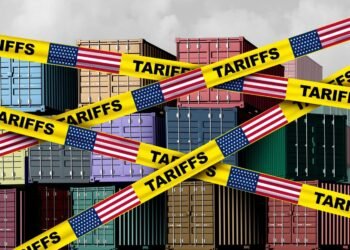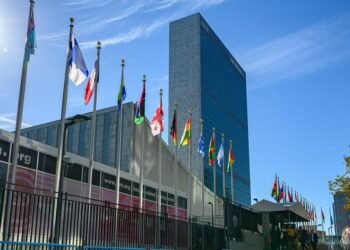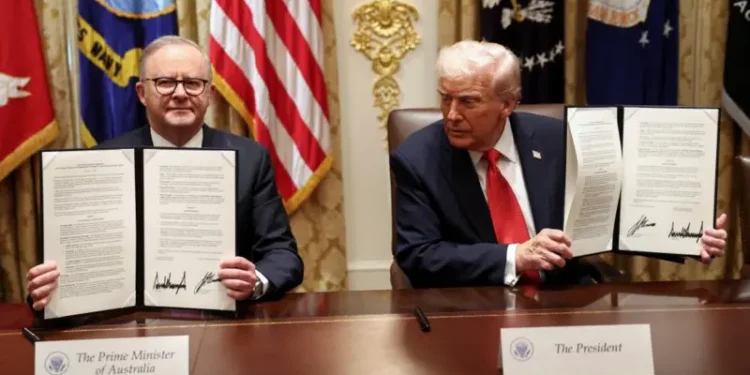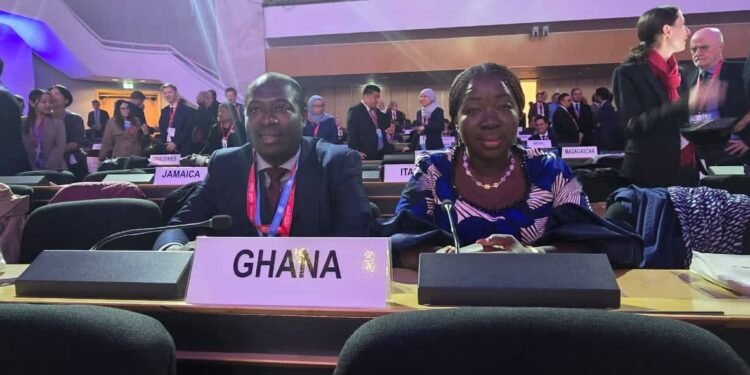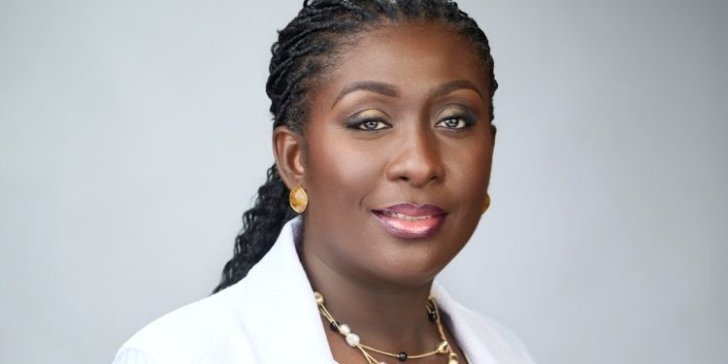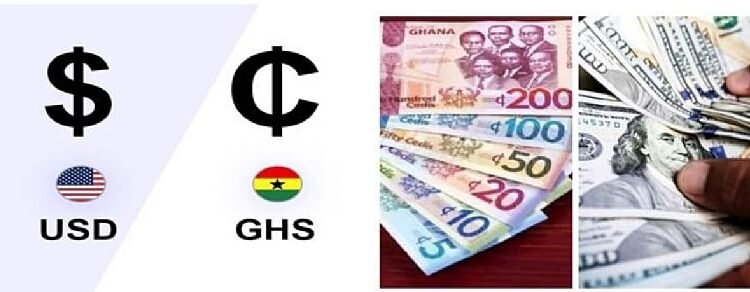A new app for mobile phones that provides localized information on ultraviolet (UV) radiation levels has been launched by the World Health Organization (WHO), the World Meteorological Organization (WMO), the United Nations Environment Programme (UNEP) and the International Labour Organization (ILO).
The SunSmart Global UV app provides five-day UV and weather forecasts at searchable locations. It highlights time slots when sun protection is required with the aim of helping people around the world know when to use sun protection, in an effort to reduce the global burden of skin cancer and UV-related eye damage.
“Evidence shows that overexposure to UV is the major cause of skin cancer. So it’s vital for people to know when and how to protect themselves. We encourage everyone to use the application to protect themselves and their children, and to make this a daily habit”.
Dr Maria Neira, WHO Director of the Department of Environment, Climate Change and Health.
Identifying hazardous work
Vera Paquete-Perdigão, Director of the ILO’s Governance and Tripartism Department said the app is a useful tool to assist companies and workers in identifying hazardous work and planning safety and health measures.
“The International Labour Conference, adopted on 10th June, a Resolution recognizing a safe and healthy work environment as a new Fundamental Principle and Right at Work. It is a global call for increased efforts to prevent work-related injuries and diseases. Tools such as SunSmart Global UV are a small but useful contribution to this endeavor”.
Vera Paquete-Perdigão
Globally, it is estimated that over 1.5 million cases of skin cancer (melanoma and non-melanoma combined) were diagnosed in 2020. During the same period, more than 120,000 people across the world lost their lives to this highly preventable disease.
One of the main factors contributing to these cancers is excess UV radiation from thinning of the earth’s stratospheric ozone layer resulting from the release of certain manmade chemicals. Under the international treaty known as the Montreal Protocol, all UN Member States are phasing out the production and consumption of those substances according to a specific timetable.
As a result of these continuing efforts, the ozone level is projected to recover by mid-century. In the meantime, individuals need to be particularly cautious to protect themselves from receiving too much UV exposure – this is where the UV app plays an important awareness role.
Everyone needs some sun, mainly for the production of vitamin D which helps to prevent the development of bone diseases such as rickets, osteomalacia and osteoporosis. But too much sun can be dangerous – and even deadly.
The UV Global App
The UV App has been launched to coincide with the first day of summer in the northern hemisphere. By increasing the public’s awareness and helping to reduce the incidence of skin cancer, this application ultimately supports the achievement of UN Sustainable Development Goal 3, which aims to ensure healthy lives and well-being worldwide by 2030.
The SunSmart Global UV app is available free of charge at both the Apple App and Google Play stores. It provides personalized options so that users can take actions to protect prolonged, excessive UV exposure, a major cause of skin cancer and other UV related diseases.
The App allows the inclusion of national and local data streams and adaptation to multiple languages. It is currently available in Chinese, English, French, German, Russian, Dutch and Spanish.
The app is based on the UV Index, which describes the level of solar UV radiation at the earth’s surface. The UV Index is reported on a scale of 1 (or “Low”) to 11 and higher (or “Extreme”).
The higher the index value, the greater the potential for damage to the skin and eye, and the less time it takes for harm to occur. The maximum UV Index is at the solar noon when the sun is highest in the sky.
Adapting outdoor activities and using sun protection are recommended when the UV Index is 3 or above. UV damage is cumulative and UV can be harmful when people are exposed for long periods – even at low levels.
READ ALSO: Saving Lives And Livelihoods Initiative Hits One Year Milestone




